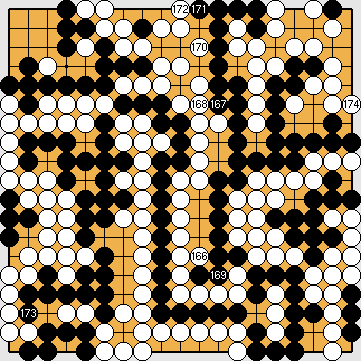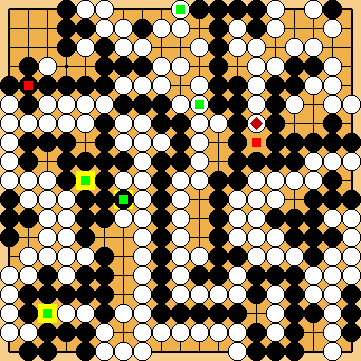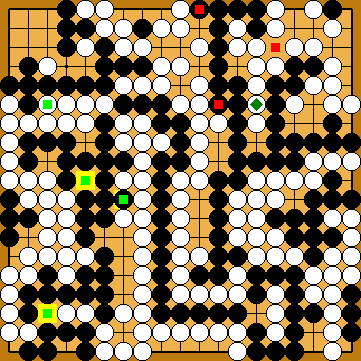Variations of Our Solution (IIIb)
No Early Kikashi
VAR  (.3)
(.3) 
 (.1)
(.1) 

|
|
|
|
|
|
|
|
|
Black plays 4/4 reductions. |
|
Capture Variation: Compared to the superordinate variation ...
In total, White lost one point. White + 2 => White + 1 |
|
Semeai Variation: Compared to the superordinate variation ...
In total, White lost three points. White + 1 => Black +2 |
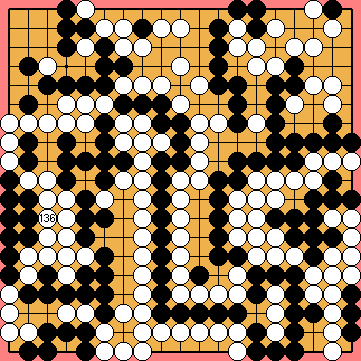
 649aj
649aj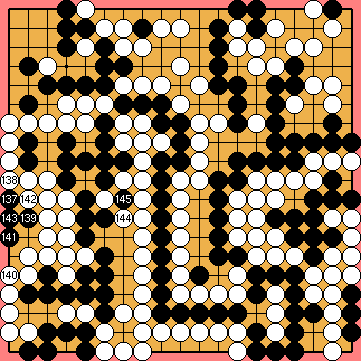
 :
: :
: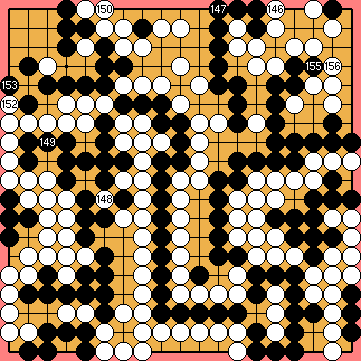
 ;
;  ;
; 
 :
: :
: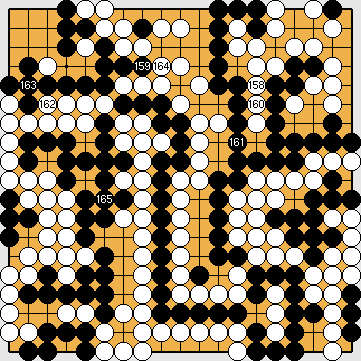
 :
: :
: :
: